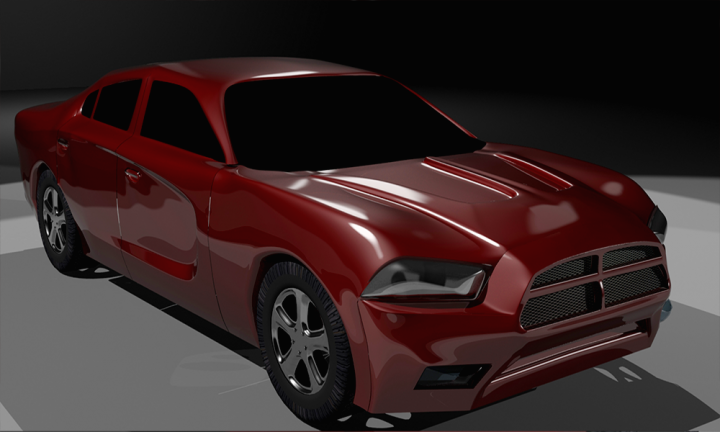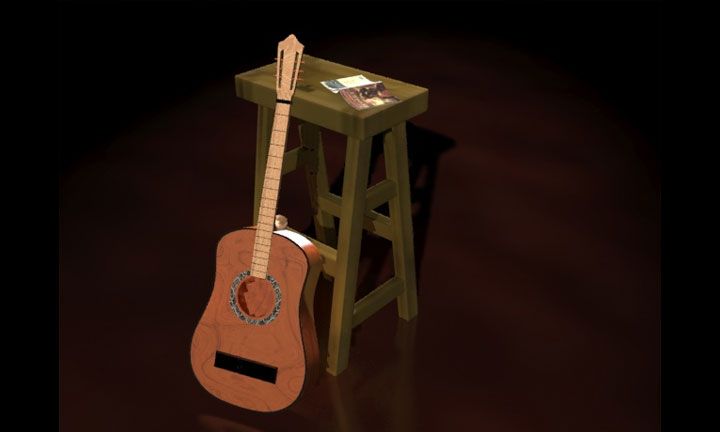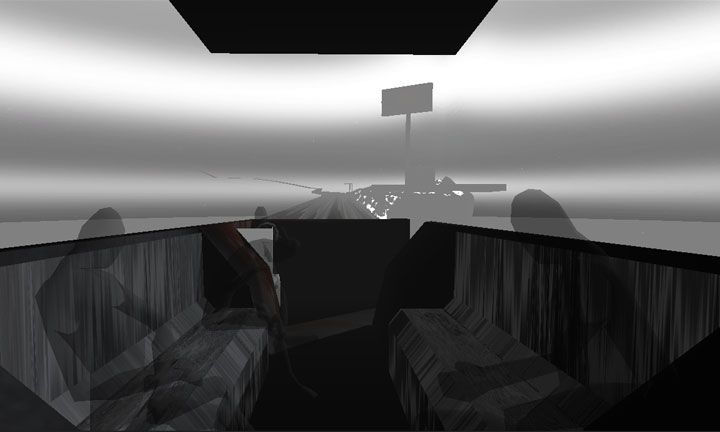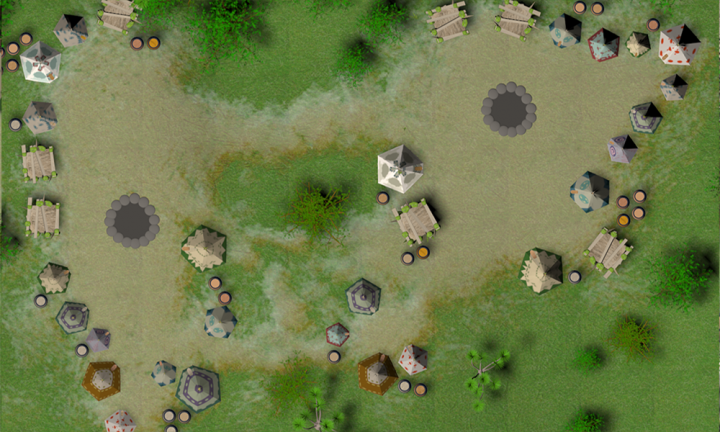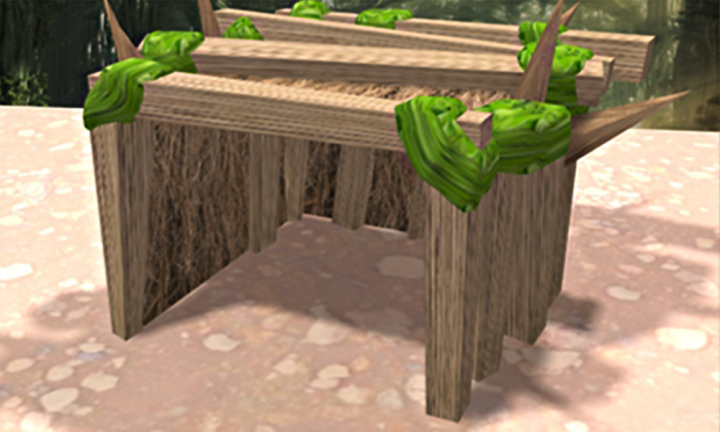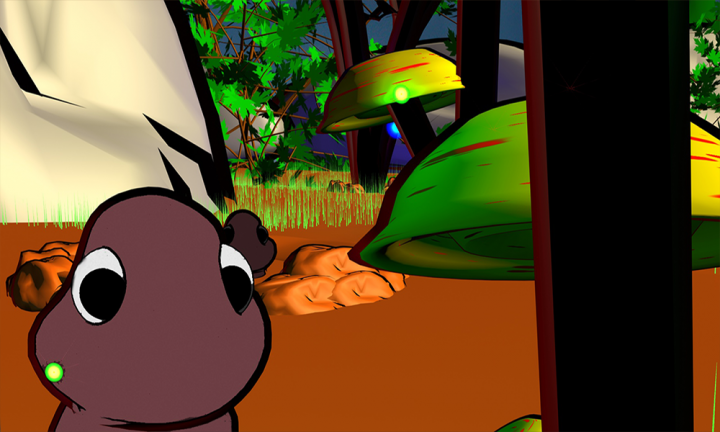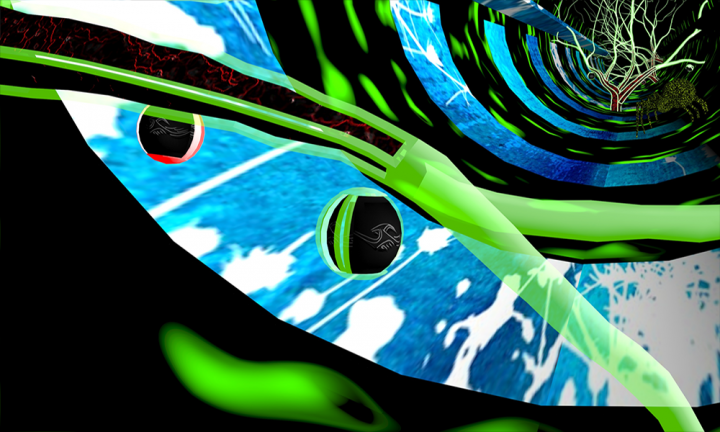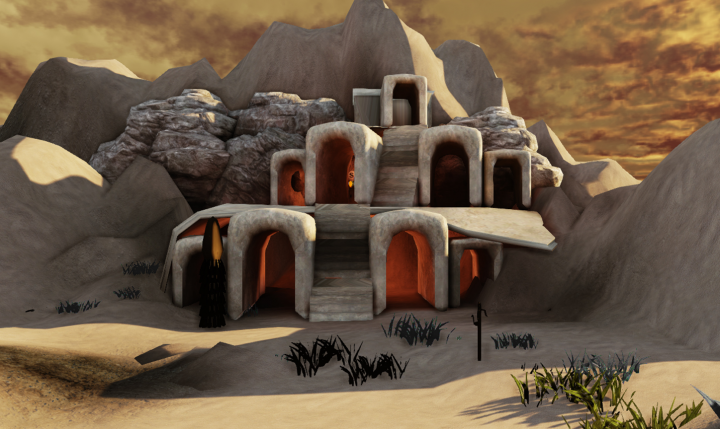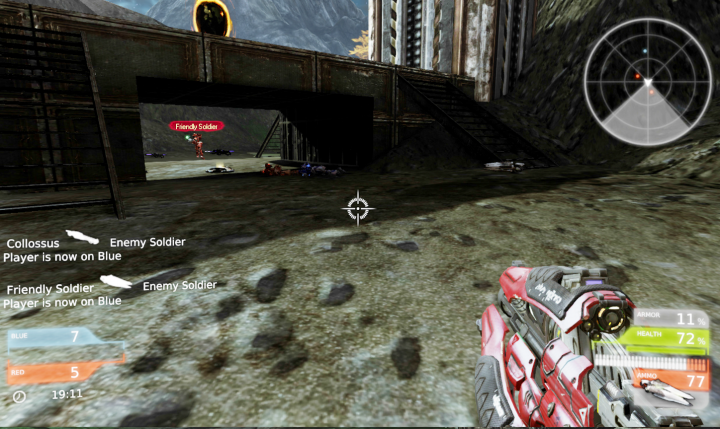STUDENT WORK
I view most projects as a blend of technical skill and creative development. When possible, technical skills are taught in a targeted fashion so that students have the full foundation needed to succeed. Creative development stresses open-minded problem solving based on research and iterative design. In terms of subject matter, I enjoy teaching basic Photoshop and introductory visual composition, research and evaluation methods, and creating 3D virtual poetry. In the end, it is all about the students. There is something wonderfully rewarding in both teaching them the fundamentals and doing groundbreaking VR work.
|
|
Freshman 3D Modeling (University of Moscow-Idaho) This 14-week course took students with no prior experience in 3DS max deep into the world of hard surface polygon modeling. Stressing good topology and edge flow, students generated professional models. Starting with a quick leap into box modeling, assignments stressed showing control of their meshes. Short assignments included building a Greek temple, destroying a Greek temple, modeling a spaceship, staging a space battle with classmates’ ships, creating an outdoor scene, and a final five-week project of a high-quality game asset, shown here. The basics of materials and three-point lighting were touched on, largely in the context of visual composition and the scene as data framework of Don Norman. The following class addressed texture mapping, animation, and character design |
|
|
|
Junior Studio (University of Moscow-Idaho) Virtual Poetry was a six-week project that had students create 3D poetry inspired spaces with 3DS Max and Unity. Students explored the relationship between story and space. They learned to edit reality to create compelling and innovative environments. |
|
|
Sophomore Studio (University of Moscow-Idaho) Design theory, team production, and creativity were the core topics of this course. Lessons of composition (scale, repetition, contrast, etc.) are extended into the domains narrative and interactivity. In turn, narrative and interactivity are blended into videogame development. The assignment shared here is called Bad Game. In Bad Game, initial game ideas are expanded with backstories. Backstories shape character sketches and environmental concept art. Combined, these elements inspire thecore mechanics. Starting with a bad idea forces students down very novel paths. The images here show: Mrs. Butterworth, Tomb Raider - a delicious Egyptian adventure with slick butter, sticky syrup, and toasty waffle iron mechanics; Worm Gang - a worm’s-eye RPG on the surface with a trippy, old school Tempest game underneath; and Animal Life - a game where domestic and wild animal tribes try to coexist. For balance, domestic animals get technology; a bear vs. a pig is not a fair fight, but a bear vs. a pig on a tractor is. For more on Bad Game, see my Teaching Statement. |
||
|
Level Design (Art Institute of Pittsburgh - Online) The online Art Institute classes I teach are all five and a half weeks long. Weekly assignments and readings are premade. As we support 30+ on-ground schools, students sign on with skill in Unreal or Unity and in 3D, its Max, Maya, or Blender. Some students have no technical skill as they are focused on Concept Art. Adding to this diversity, our assignments don't dictate a game genre. I nudge students into doable, tutorial-rich directions that respect their initial ideas. Issues of narrative, flow, critical paths, and balance are covered, yet with only five and a half weeks, we tend to focus on technical hurdles and core mechanics. Beyond the technical help, I reward effort, intent, and engagement. To engage them, I provide reference images, technical tips, and video feedback that matches their individual goals. In a sense, I often wind up tutoring 2-25 students as individuals rather than teaching a singular class. It's challenging, but rewarding. |
||








